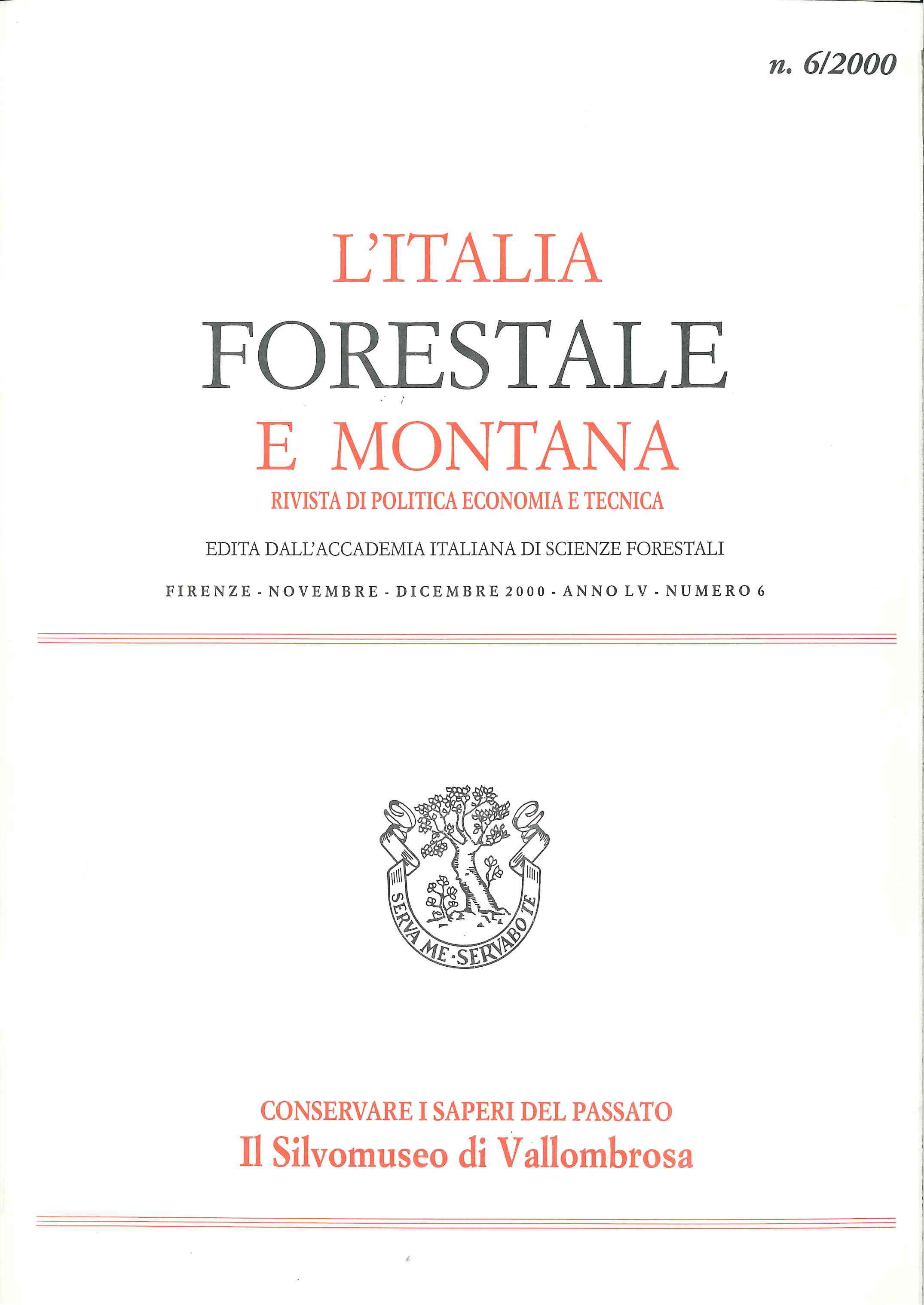Biodiversity conservation in forest sistems. 1. Hypotheses for the conservation of ecosystems
Published 2013-06-17
Copyright (c) 2013 Italian Journal of Forest and Mountain Environments

This work is licensed under a Creative Commons Attribution-NonCommercial 4.0 International License.
Abstract
Human activities cause a series of direct and indirect effects on the disappearance of species. Diversified ecosystems, according to current scientific theories, are considered functionally more stable. In this perspective, the authors briefly examine various hypotheses on the relationship between species and ecosystem processes. Strategies for biodiversity conservation include habitat and ecosystem preservation – mainly within protected conservation areas – and actions to reduce the impact of human activities outside protected areas. This second approach is particularly important for the success of effective conservation strategies. The scarce integration of ecology and economics and the complexity of the question makes it particularly difficult to attribute a value to the conservation of species. The uncertainty on the degree of diversity that must be maintained and the possibility of making irreversible mistakes must encourage a cautious approach. The authors conclude that before utilizing a natural resource it is necessary to demonstrate that this does not reduce the complexity and diversity of the ecosystem. Furthermore, from the scientific point of view, it must be recognized that time is a decisive factor in the increase or the loss of biological diversity.

